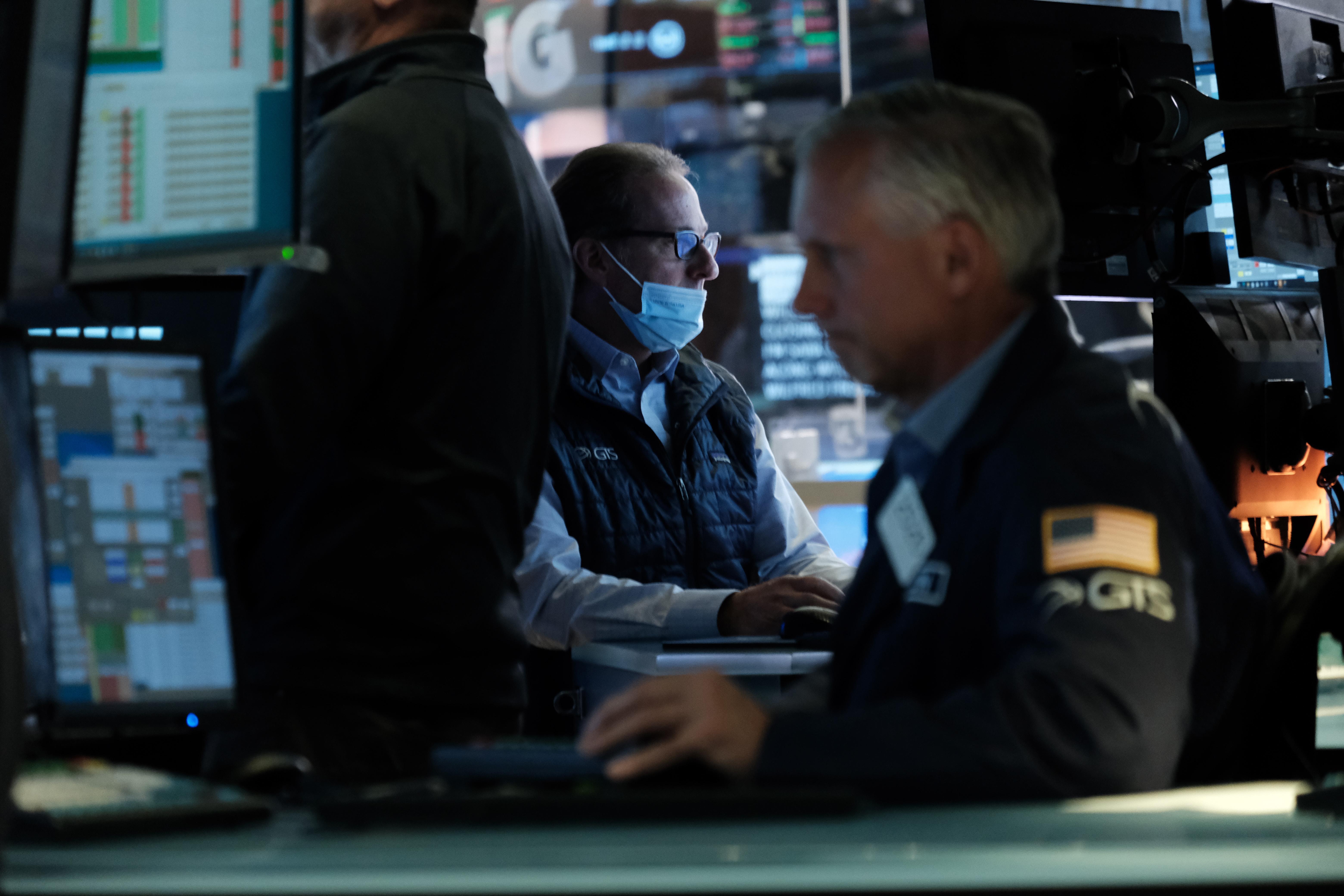How to Identify Megaphone Pattern Stocks—Are They Bullish or Bearish?
One chart pattern in the stock market is the megaphone. While it's rare, it can tell you a lot about where a stock is going.
Oct. 1 2021, Published 12:16 p.m. ET
Some stock chart patterns happen all the time, like ascending triangles and wedges. Others aren't common, like megaphone pattern stocks.
Megaphone patterns can tell investors a lot about a stock, depending on which direction they're going. They aren't the be-all-end-all for investment decisions, but they can serve as a solid technical indicator in a market that's pushing and pulling.
What is a megaphone pattern in a stock chart?
A megaphone pattern occurs in a stock chart when there are at least two higher highs and lower lows.
This means that it can happen when a subsequent ascension (that's higher than the first) occurs after a downswing. Meanwhile, another descension (that's lower than the first) occurs after the upswing.
The megaphone pattern ends when the following upswing or downswing doesn't exceed the one before it.
For example, a stock's share might go from $5→$10→$4→$11. In this case, it would end if the share price follows up with values of $15→$13.
Are megaphone patterns bullish or bearish?
Megaphone patterns might be bullish or bearish depending on the trend before it. If the stock is experiencing a bullish (upward) trend when the megaphone pattern begins, it's called a megaphone bottom. If the stock is experiencing a bearish (downward) trend when it begins, it's called a megaphone top.
The megaphone pattern and its direction can help suggest where the stock is headed. A megaphone bottom pattern can show you that the stock is headed in an bullish direction. A megaphone top pattern can show you that the stock is headed in a bearish direction.
The megaphone pattern is a good example of bears and bulls fighting over a stock's direction. The pattern usually presents itself when the stock market is volatile and a stock's direction is uncertain.
Other names for megaphone patterns
Investors have other names for the megaphone pattern, including:
Broadening pattern
Broadening wedge
Inverted symmetric triangle
Consistencies in megaphone patterns
Megaphone patterns are hard to identify correctly. However, investors who manage to spot it perfectly are in a good position. Megaphone patterns have clear entry points for bull markets and exit points for bear markets. Once you spot it, it's easy to know when it's the most strategic time to buy or sell.
Usually, you'll find five different swings, with a minimum of two higher highs and two lower lows. A more volatile market might induce additional swings. The shape looks like a megaphone, hence the name.
Looking at volume can help you confirm a megaphone pattern. In a megaphone top (bearish), volume is usually highest when the price is highest.
Traders tend to use megaphone patterns to inform breakout or swing trades.
Some experts are also predicting that the Dow Jones Industrial Average will showcase signs of a megaphone pattern moving into October.
Examples of megaphone patterns in the stock market
Recently, technical analysts have priced the U.S. dollar index lower due to a bearish megaphone pattern.
One Twitter user pointed out a bullish megaphone bottom pattern for Valley National Bancorp (NASDAQ:VLY) the week of Sept. 7.



